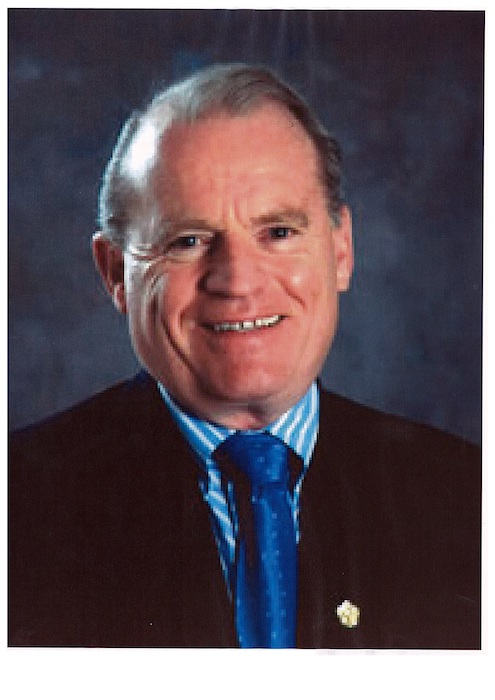
Conversation: Leading research in industrial ventilation
August 24, 2021
By CCE
University of Toronto (U of T) chemical engineering professor Howard D. Goodfellow, who began his career with Hatch and later worked with Stantec and Tenova Goodfellow, saw his Industrial Ventilation Design Guidebook, Volume 2: Engineering Design and Applications published this June. His other big project this summer was the 13th International Industrial Ventilation Conference for Contaminant Control; it was scheduled for this August, but due to COVID-19 has been pushed back to next June, when it will lead into ASHRAE’s Annual Conference at the Sheraton Centre Toronto Hotel.
Tell us about the roots of the industrial ventilation conference.
Back in the 1980s, we didn’t have all the modern communication tools we have today. It was basically letters going back and forth. I had an opportunity to visit some key places of research in Europe. I was surprised to learn they were not aware of work going on in Japan or North America. So, we came up with the idea to hold an international conference to bring these researchers together to meet face-to-face.
We convinced U of T and the Occupational Hygiene Association of Ontario (OHAO) to host the conference in 1985. It was at the Royal York Hotel and we had more than 400 attendees. We thought of it as a one-off, but three years later, the British Occupational Hygiene Society (BOHS) sponsored a second conference in England, which more researchers from Europe were able to attend.
The next one was in Cincinnati, Ohio. We got into this pattern of alternating between North America and Europe until 2015, when the conference was held in Shanghai, China.
How has your book evolved over that time?
The Industrial Ventilation Design Guidebook was first published in 2001, but now I’d say it really is global, with contributions from partners in Europe, Asia and North America.
Back in 2001, the leading research was in Europe and the focus was on improving efficiency. They had very high energy costs, so they had decided to improve the performance of ventilation systems in industrial plants with smaller fans for smaller capital and operating costs.
The guidebook was the first to develop a ‘link,’ showing how you can have an energy-efficient ventilation system and also improve the workplace environment in terms of safety and health. There was real data from plants that we could relate to actual ventilation and find the right balance. We defined the most important design parameters.
“We need to transfer technologies developed in one area to researchers working in another.” – Howard D. Goodfellow
COVID-19 not only delayed your conference, but put ventilation on everyone’s minds. What does it mean for industrial facilities?
It really is an airborne issue. And it’s the same issue whether in your home, a commercial building, a hospital or a mall. For many years, there were silos of people working just on the commercial side who did not know what was happening on the industrial side. We need to transfer technologies developed in one area to researchers working in another. COVID-19 has brought that need to the forefront.
In Canada, given our climates, you have to be very creative to find a way to bring in 100% fresh air in an energy-efficient way. And the industrial environment is probably the most complex to deal with. We have to embrace disruptive technology to make better ventilation systems. Many industrial facilities have overdesigned systems. We need to collect data, set targets and know how to optimize them.
These systems are typically changed once in the spring and once in the fall, but you can certainly get winter weather in the spring! So, rather than manually changing them, you could have a ‘smart’ ventilation system that responds in real time to cold weather, wind or humidity.
Lots of models have been developed, but they’re still moving from research into the practical world—and that’s where there are going to be big opportunities for the consulting engineering community. And Canada, which is leading in this type of knowledge, is especially posed to take advantage of the science of ventilation to build better systems.
Why should engineers attend the conference next June?
There’s been an acceleration of technology. The book is a working document that provides fundamental best practices, but there will be very specialized information presented for the first time at the conference. We’ll have visitors from outside Canada and get a better sense of where the opportunities are in North America and around the globe.
